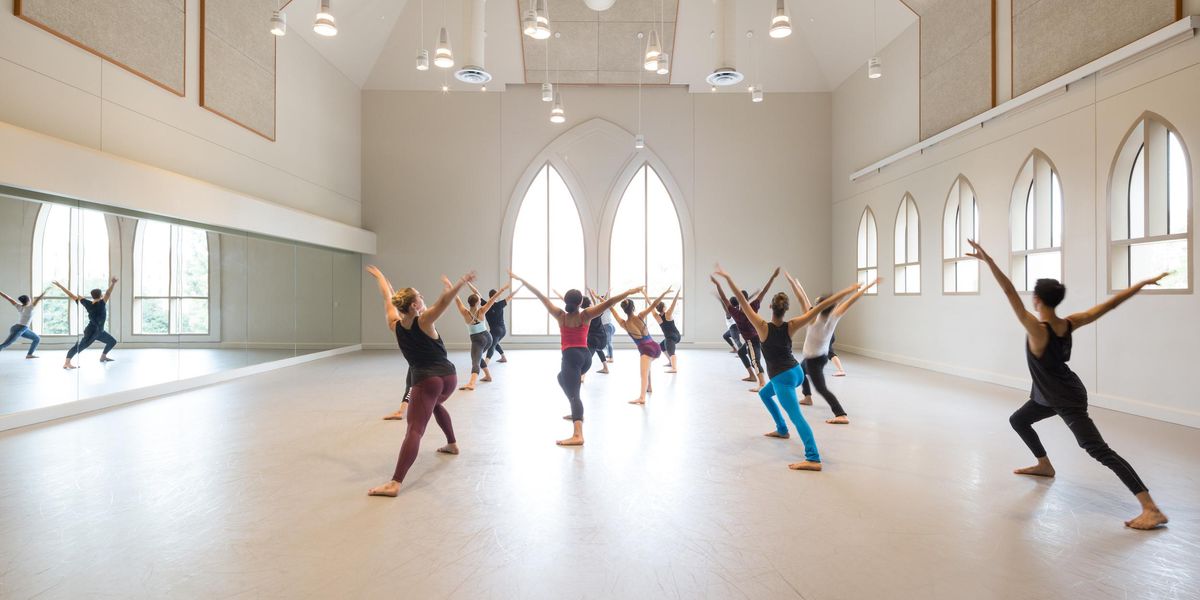Why Are Ballet Costumes So…De-enhancing?
Sometimes I wish costumes onstage were more like Halloween. I mean at least when you’re trick-or-treating, you get to choose your own costume according to your own fantasies. You don’t go around in your group all wearing the same costume.
I have two complaints about most of the costumes I see in new ballets: all the dancers are dressed the same, and the costumes often hide the movement.
Take the recent program of new works at New York City Ballet a few weeks ago. In both Benjamin Millepied’s Two Hearts, and Justin Peck’s The Year of the Rabbit, the costumes almost ruined the choreography for me. And in Ratmansky’s new Firebird at American Ballet Theatre, the costumes almost ruined the story.
Benjamin Millepied’s Two Hearts has three gorgeous duets for the wondrous pairing of Tiler Peck and Tyler Angle. The music, by Nico Muhly, has low, dangerous sounds as well as tinkly sounds, all relating to the folk song that ends the dance. The partnering is intricate, circular, inventive, tricky. The group sections ebb and flow. The music has a rage of emotional tones, some sad, some whimsical.
The costumes, in contrast, are stark black-and-white with big blocky geometric shapes on them. They are so blocky that they block out the many textures of the music and dance. I feel sure that the designers, Kate and Laura Mulleavy of Rodarte, never actually heard the music or saw rehearsals of the dance before they came up with these designs.
Justin Peck’s The Year of the Rabbit, a world premiere in October, builds specific group patterns that may have been designed around the Chinese Zodiac. He has some stunning moments, for instance when eight people lie down on their backs, extending their bodies out from the wings, four on each side. What a great way to break ballet convention, which is, after all, mostly vertical. Even more surprising was the stir the dancers created when they curled back up and out of sight all at once. It was more breathtaking than single-triple fouettés or the highest leap.
The costumes for this imaginative, rule-breaking piece? Blue leotards and tights for all 18 dancers, and for the girls, stiff little skating skirts. No variation. They didn’t obscure the movement or go against the music as much as in the Millepied. But they didn’t add anything to the very individual roles that Peck had created for the six principals. (The costumes are credited to Justin Peck himself, but I’ve heard that there was basically no budget for them. CORRECTION 11/12/12: There was a budget for his costumes.)
In both cases the costumes were all identical or nearly so. Why not let the colors or textures be different? Why must everyone look the same in ballet?
At least these costumes didn’t have wigs. In Ratmansky’s new Firebird, the maidens, when they get “liberated,” were not only identically clothed but were identically bewigged with platinum hair. Nothing like wigs to strip performers of their individuality. (I’ve complained about this before: Both Theresa Ruth Howard and I were appalled by this in our “See and Say.”
But what wrecked the Firebird herself was that by the time she entered in her wild red tutu-dress, swe had already seen a corps of women in the same wild red tutu-dress. Her specialness, her magic, was completely gone.
My favorite costumes of my last stretch of dance watching were for William Forsythe’s Quintett, recently shown by Millepied’s L.A. Dance Project at Peak Performances in Montclair, New Jersey. Stephen Galloway had created different colors and shapes for each of the five dancers. One woman wore a bright orange tunic, the other a flimsy magenta dress. Charlie Hodges wore black-rimmed glasses and a blue sequined shirt. You couldn’t mistake one dancer for another, and that goes with Forsythe’s idea of people onstage.
Top: Justin Peck’s The Year of the Rabbit, photo by Paul Kolnik, Courtesy NYCB
Bottom: L.A. Dance Project in William Forsythe’s Quintett, Photo by Stephanie Berger, Courtesy Peak Performances




